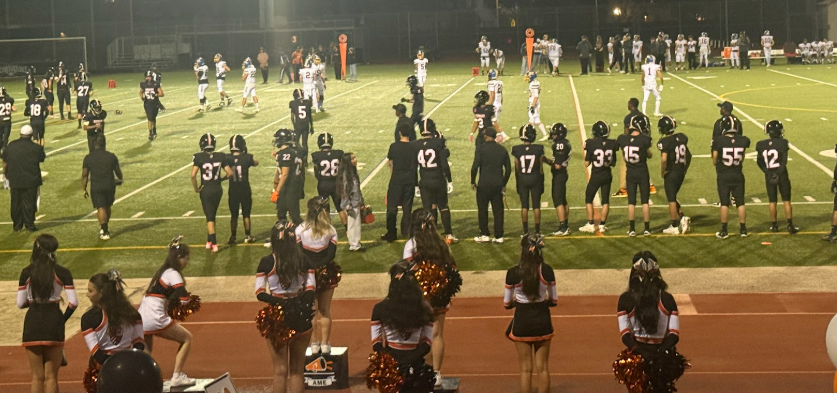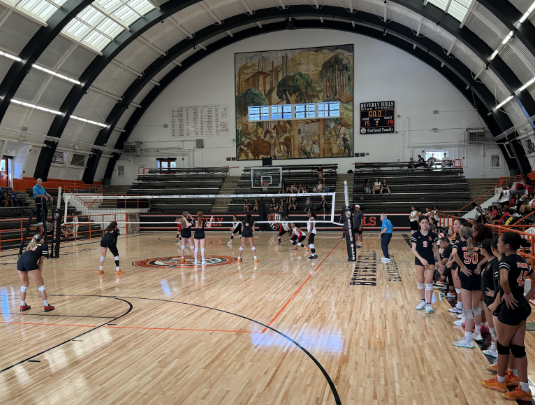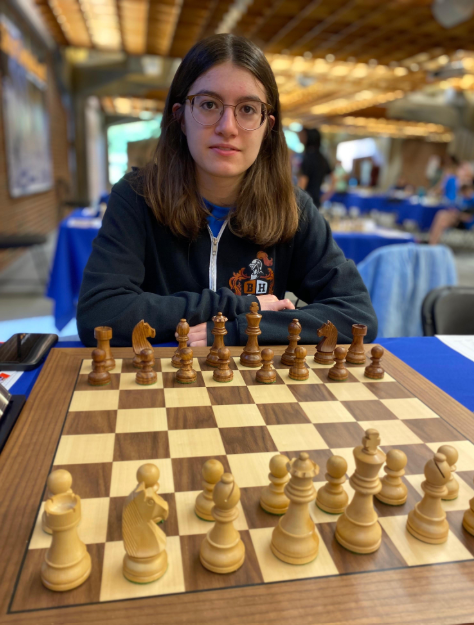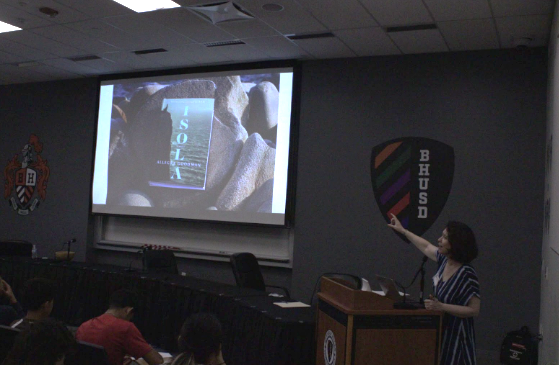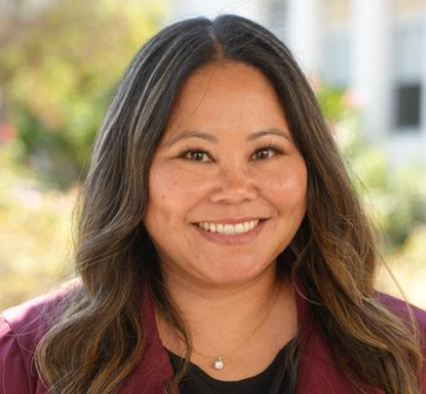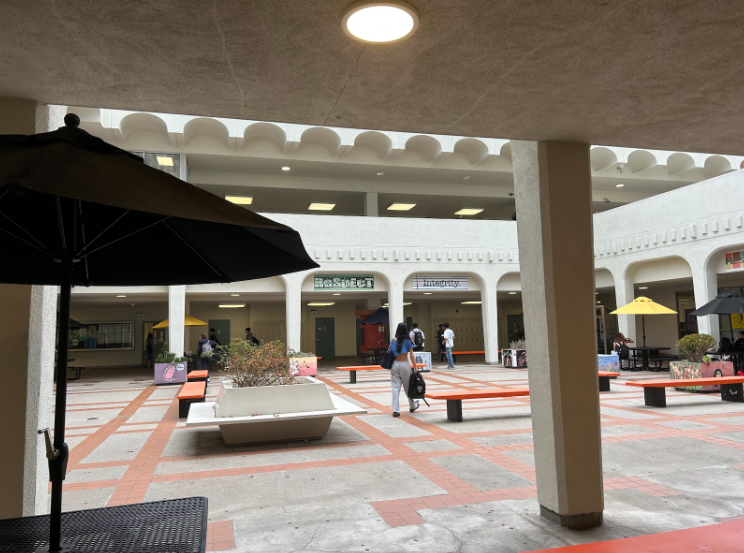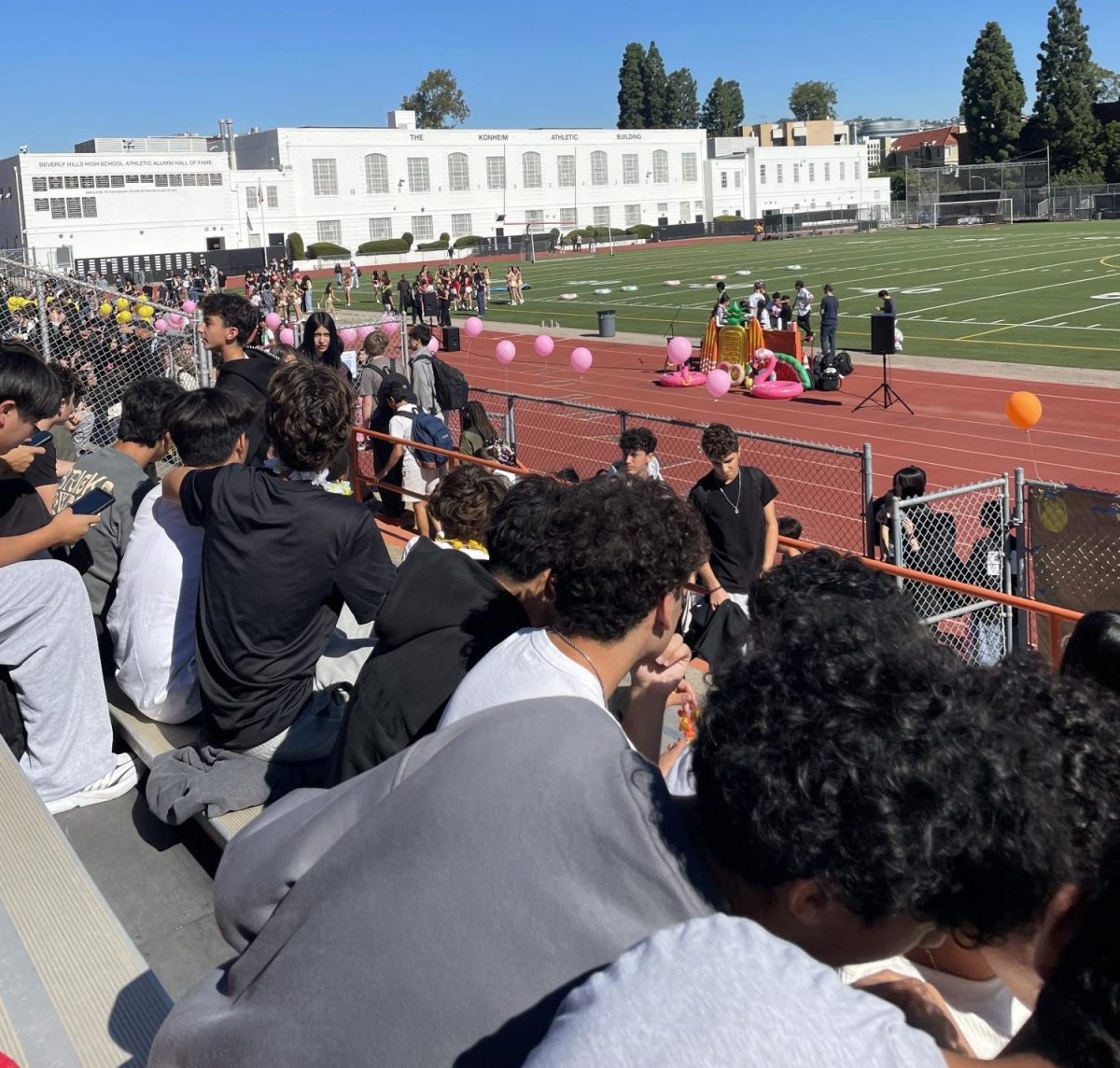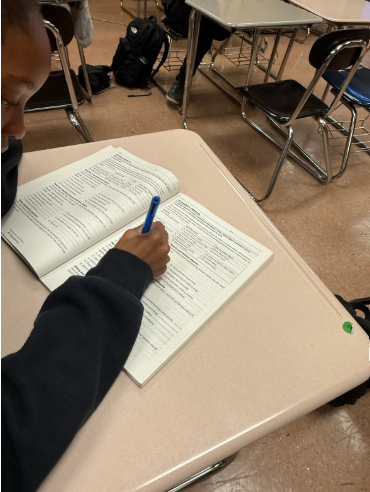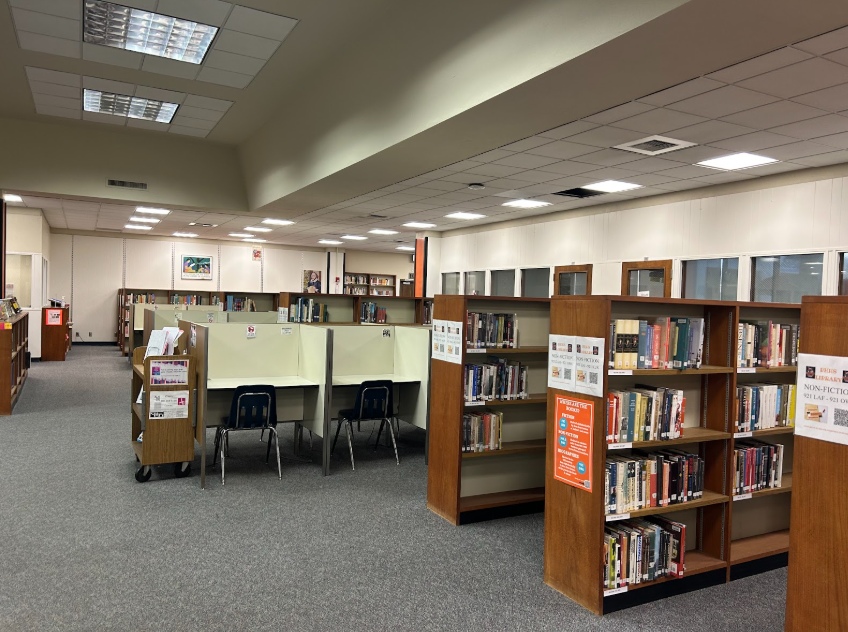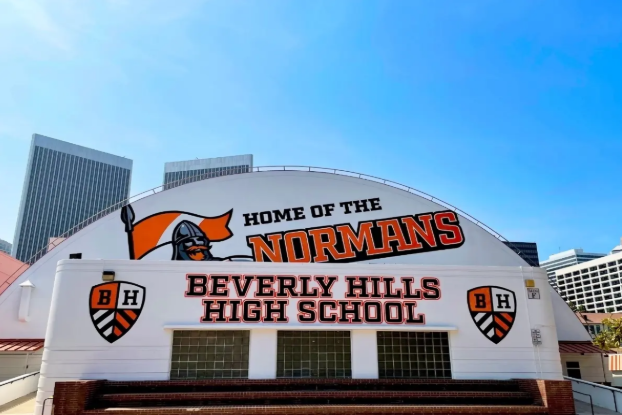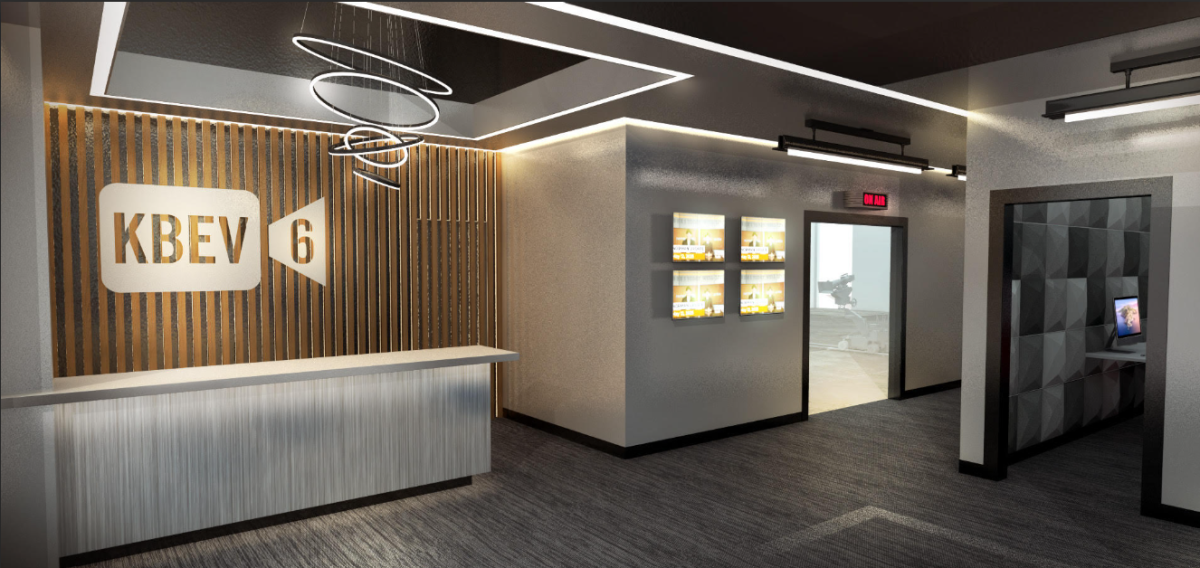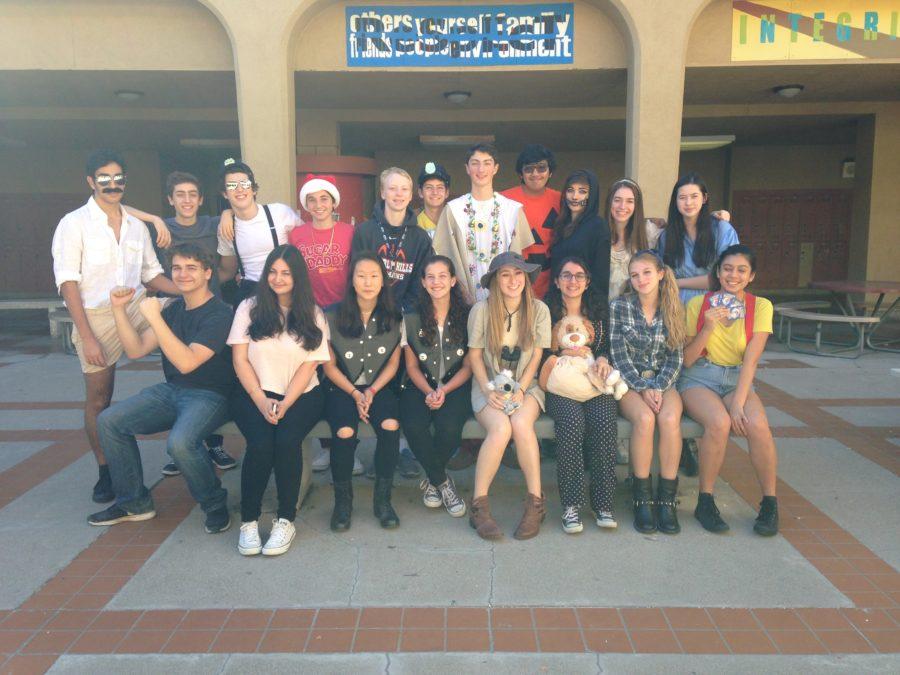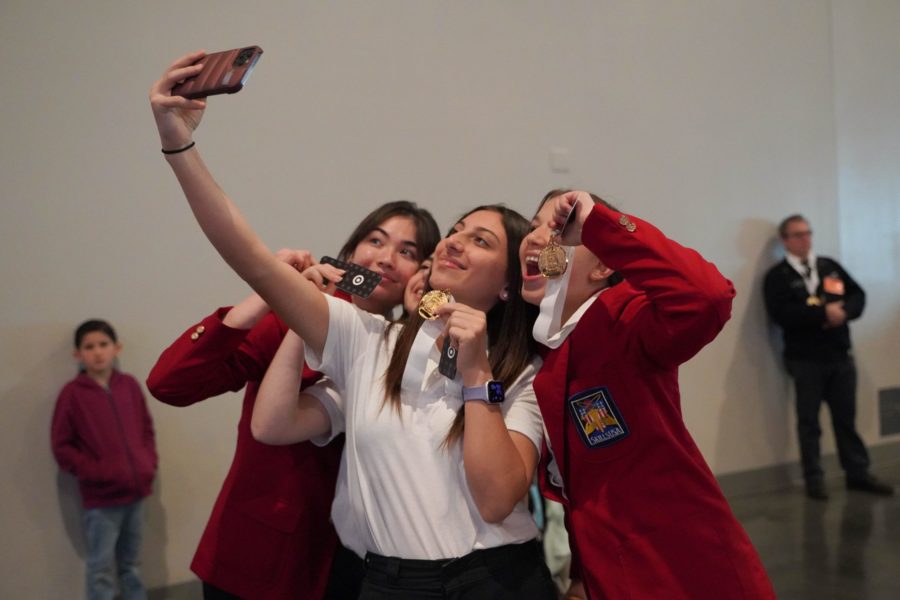Nirav Desai staff writer
Jamie Kim staff writer
Keith Stone staff writer
The Los Angeles Times, the New York Times and CNN are just some of the household names that provide a daily influx of news for readers all over the world. However, the news platform that hits a spot much closer to home is cozily tucked into the side of the art hallway in room 253, the home to the journalism program for over 25 years. This platform, in fact, is Highlights.
Many members of the campus community may consume the news that Highlights produces, yet feel unfamiliar with the ways in which the content is produced. With this in mind, the Highlights team took it upon itself to structurally break down the entire process, from the generation of article ideas, for print or web, to the mass distribution.
Beats:
At its core, Highlights is built on the relationships it has with the student body and this is where beats come in.
“Beats are the way that Highlights evens out its coverage over the entire school. The beat is arguably the most important part of the process, because it allows us to cover specific stories that we might otherwise miss,” graphics editor Jason Harward said.
Basically, a beat is a person or group on campus that a Highlights member is assigned to cover. Every Monday or Thursday, staff writers check in with their beats to see if anything interesting is going on and if there is anything newsworthy.
“We go out and talk to our beats to make sure we cover everyone’s organization and club on campus. With the information they tell us, we have pitch meetings to assign articles on the upcoming events our beats told us about,” co-editor-in-chief Sadie Hersh said.
[youtube http://www.youtube.com/watch?v=IZbz4r6z3Wc]
Pitch Meetings:
Pitch meetings are when each staff writer has the chance to share his or her ideas, reporting new information gathered from their beats. Two co-editors-in-chief run the meeting while the rest of the class interjects with their opinions from time to time, or when they introduce their article or multimedia pitches.
“The editor-in-chief calls our name and we have to present our story idea to them and usually they will either agree or disagree with the idea. Our story ideas can be anything from an event going on in the school to a topic we might be interested in,” staff writer Lauren Hannani said.
Not all pitches end up in the newspaper, however. First they should be interesting or relevant in some way and also well explained, and those that don’t meet basic criteria don’t get a second look.
“I expect that the pitch has either some information that I think is relevant to the student body or the faculty at the school, or that the pitch illustrates how the story is going to be told and how we’re going to cover it,” co-editor-in-chief Juliette Deutsch said.
While some stories do get chosen to be in print, for aesthetic value, lack of immediacy or just because it feels right, many others get placed on web. These will usually be more media-centric such as slideshows, videos and also topics that have a sense of immediacy.
“Basically the decision is mostly made by timeliness for the web. Most of the time the articles that go on the web are very timely. That could be a sports recap or a club feature; a lot of the series articles that we do go on the web. Obviously the multimedia goes on the web and then print stories can be more long form, not as rushed [because] the deadline is not pressing for us,” Deutsch remarked.
Once all the story ideas have been pitched and they have all been assigned to either web or print, each team sits down and hands out assignments.
Work time:
Following the pitch and assignment of a cycle’s batch of stories, the Highlightsstaff embarks on a process of gathering information via research and interviews. Though the most challenging part of an interview is typically the act of interviewing a subject, circumstances sometimes hinder a writer’s ability to even schedule an interview.
“Yes, of course, it’s difficult. People are busy and sometimes unavailable to speak,” staff writer Isaiah Freedman said.
Once a writer has transcribed the interview by way of constant, tiring rewinding and fast-forwarding, the article is ready to be written. A blank Google Document becomes the target of a staff member’s creativity in what Freedman describes as “hitting your writing stride.”
The culmination of this biweekly effort is deadline day. While web articles are due 24 hours before they are slated to be uploaded to Highlights’ website on any given weekday, the entire print edition must be submitted for editing the Monday before distribution, and ready in PDF form on the Thursday prior to distribution. Converting a Google Document to an InDesign file to a PDF is a technologically-taxing process that the staff must master in addition to their usual writing responsibilities.
“Though I have had my fair share of mixed feelings toward deadlines, I have to admit they have proven to be beneficial for my time management and for this publication as a whole,” staff writer Veronica Pahomova said. “Without deadlines, everything would be left to the last minute. Last minute articles lead to stress, as well as angry editors.”
While occasional stress is an occupational hazard of the job, avoiding stressful situations requires everybody on the Highlights staff to make personal sacrifices for the good of the publication. Computer labs full of anxious staff members who remain at school well after the final bell are a common sight on PDF days.
“I just have to pick and choose [between Highlights and schoolwork] when I have to stay late on some days,” Freedman said.
Delivery:
Highlightsis a biweekly publication, meaning that the papers are delivered every two weeks. The Highlights team distributes them to every sixth period classroom every Friday of publication. As for the web, stories are uploaded every weekday to ensure that the student body can receive important news efficiently.
“The first time I got my finished newspaper, including my [page] layouts, I felt so relieved because it was the first time I had done so much work,” photo editor Vivian Geilim said. “It was such a relief, and I felt so proud of myself. You just feel great about yourself, and I think everyone does because you get to share your work with everyone!”
 What Highlights does other than papers/web:
What Highlights does other than papers/web:
Highlights does more than circulate news on the Internet and create print editions. Highlights considers social media, which includes Twitter, Instagram and Facebook, a top priority to connect with the student body. Additionally, staff members are given opportunities to compete in write-offs and attend local, state and national journalism conventions.
Highlights updates the student body through social media platforms. These tweets, posts and pictures serve to inform the Norman Nation on current happenings in the school and community.
“What I post onto social media is what I find to be the most memorable moments of our high school lives, which is pretty much everything. Nothing that happens here is ordinary,” social media manager Natasha Dardashti said.
There are also national journalism conventions held twice a year: a fall convention, which was held in Orlando this past November, and the spring convention, which will be held in Los Angeles in April. At these national conventions, high school journalists from all over the nation attend workshops that focus on various aspects of journalism, whether it be photojournalism, writing, video or interviews.
“Since I was the photo editor at the time [that I went], I went to breakout sessions that were related to photography and caption writing. Also, the speaker was really helpful in helping me bring back information to the staff. [Attending the convention] helped me grow not only as a photo editor, but also just as a journalist in general because I got a more professional perspective,” Hersh said.
Highlightsalso partakes in local, regional, state and national writing competitions. During these write-offs, high school journalists attend either a live panel or listen to a presenter. Afterwards, they must write an article in their category, such as news, sports, feature and opinion, in a given amount of time. These articles are critiqued and judged by professors of journalism or professional journalists.
“In Highlights, we are limited to the advice of our peers and our adviser, and although the advice is amazing, it’s always great to a new set of eyes to see your writing style and your work,” Pahomova said. “Also, when you’re here, you don’t see how big journalism actually is. It’s not just journalism in this classroom; it’s journalism all over the world. Going to these competitions really broadens my aspect.”
More than 150 years ago, publishing companies of the Los Angeles Times, the New York Times, etc. saw their vision for building a journalistic empire. While the small Highlights staff of 19 students may not match up to the big league players, it still envisions the same goal: to be the leading source of unbiased news for its audience.
Categories:
Highlights highlights Highlights
February 26, 2016
0
Tags:
Donate to Highlights
$125
$1000
Contributed
Our Goal
Your donation will support the student journalists of Beverly Hills High School. Your contribution will allow us to purchase equipment and cover our annual website hosting costs.
More to Discover







